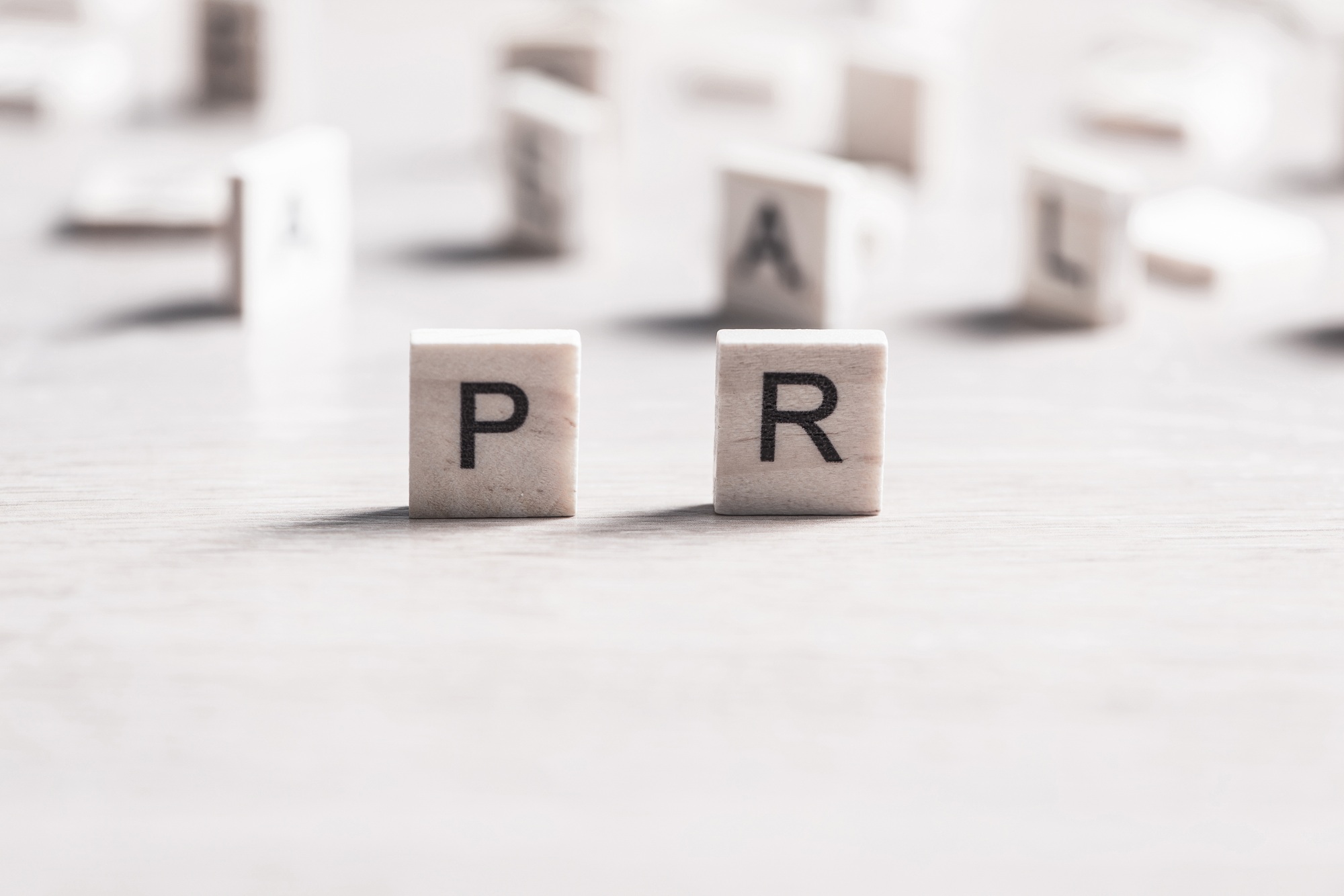Key Takeaways

- Effective business apology letters strengthen relationships by demonstrating accountability and commitment to customer satisfaction.
- Key elements of an effective apology include acknowledgment of the mistake, sincere expression of regret, clear explanation, outline of resolution steps, and invitation for dialogue.
- There are two main types of business apology letters: formal and informal, each suited for different situations and relationships.
- Avoid common mistakes such as over-apologizing and lack of specificity to ensure your message is sincere and credible.
- A well-crafted apology can turn negative experiences into opportunities for growth, enhancing trust and loyalty with clients.
In the fast-paced world of business, mistakes happen. Whether it’s a missed deadline or a product error, how you handle these situations can make or break your reputation. A well-crafted business apology letter not only addresses the issue but also strengthens relationships with clients and partners.
You might think an apology is just a formality, but it’s much more than that. It’s an opportunity to demonstrate accountability and commitment to your values. By acknowledging the mistake and outlining steps for resolution, you can turn a negative experience into a chance for growth and trust-building.
Understanding Business Apology Letters

Business apology letters play a crucial role in maintaining relationships. They reflect your accountability and commitment to customer satisfaction, especially for small businesses focusing on building trust and loyalty.
Importance of Apologizing in Business
Apologizing in business creates a foundation of transparency and integrity. You show clients and partners that you value their experiences and perceptions. A sincere apology can prevent escalation, reduce negative feedback, and foster long-term relationships. In management, addressing mistakes promptly strengthens your reputation and enhances your business’s credibility.
Key Elements of an Effective Apology
Effective apology letters contain essential components:
- Acknowledgment: Accept responsibility for the mistake.
- Expression of Regret: Convey genuine remorse for the impact caused.
- Explanation: Provide context without making excuses.
- Resolution Steps: Outline how you intend to resolve the issue and prevent recurrence.
- Invitation for Dialogue: Encourage open communication to rebuild trust.
By including these elements, you ensure your apology letter resonates and restores confidence in your small business.
Types of Business Apology Letters

Understanding the various types of business apology letters helps you select the appropriate tone and structure for your message. Here are two main categories: formal and informal apology letters.
Formal Apology Letters
Formal apology letters are often necessary for addressing clients and partners in a professional manner. These letters target situations like missed deadlines, incorrect orders, or issues with service quality. The format typically includes:
- Acknowledgment of the error: Clearly state what went wrong.
- Sincere apology: Express regret for the situation and how it impacted the recipient.
- Explanation: Provide context without making excuses; this builds trust.
- Corrective actions: Outline steps your small business will take to prevent similar issues in the future.
For example, if your team missed a project deadline, a formal letter should detail factors contributing to the delay and emphasize commitment to high-quality service moving forward.
Informal Apology Letters
Informal apology letters usually apply to direct communication with customers or team members, maintaining a friendly tone. Use this format when addressing smaller issues or when already established relationships exist. Key elements include:
- Casual greeting: Use the recipient’s name for a personal touch.
- Immediate acknowledgment: Quickly mention the specific issue at hand.
- Personal sentiment: Share how you feel about the situation to enhance rapport.
- Resolution offer: Suggest a way to make things right, like a discount or replacement.
For instance, if a customer received a damaged product, an informal letter may include a personal acknowledgment of their frustration and a direct offer to replace the item promptly.
Writing a Business Apology Letter

Writing an effective business apology letter is essential for maintaining strong relationships with clients. A well-crafted apology can demonstrate accountability, enhance trust, and showcase your commitment to resolving issues.
Tips for Crafting Your Message
- Acknowledge the Mistake
Clearly state the issue that prompted the apology. Taking responsibility helps build credibility. For example, you might say, “I understand we sent the wrong product, which caused inconvenience.”
https://www.youtube.com/watch?v=vrsdhfmH3Qk
- Apologize Sincerely
Use straightforward language to express regret. Phrases like “I am sorry” convey genuine remorse. Avoid excuses; focus on the impact of the mistake.
- Provide Context
Briefly explain the situation without shifting blame. Highlight what led to the error and express understanding of its effect on your client.
- Outline Resolution Steps
Clearly detail what actions you’ve taken or will take to correct the mistake. You might write, “We are shipping the correct product immediately at no extra charge.”
- Invite Dialogue
Encourage open communication to address any further concerns. Invite your client to reach out with questions or additional feedback, making them feel valued.
Examples of Business Apology Letters
Formal Example:
https://www.youtube.com/watch?v=FgsHoZ3EOcI
Dear [Client’s Name],
I apologize for the delay in delivering your recent order. We encountered unexpected issues with our inventory system. Please rest assured, we are resolving this promptly and will dispatch your order by tomorrow.
Informal Example:
Hi [Customer’s Name],
https://www.youtube.com/watch?v=KdsYxSeJzr8
I’m sorry for the mix-up with your last purchase. We accidentally sent the wrong item. We’re sending the right one your way today, and you can keep the other as a gift. Let me know if there’s anything else you need!
Utilizing these guidelines helps small businesses address mistakes effectively. Overall, a well-defined apology letter can turn a negative experience into a positive outcome, forging stronger connections with clients.
Common Mistakes to Avoid

When drafting a business apology letter, you must recognize common pitfalls to enhance its effectiveness. Addressing these mistakes ensures that your message resonates with clients and maintains trust.
Over-Apologizing
Over-apologizing dilutes the sincerity of your message. You might repeat phrases like “I’m sorry” multiple times, making it sound insincere or overly dramatic. Limit your apologies to once or twice to keep the focus on the issue at hand. A concise acknowledgment demonstrates genuine regret without losing impact.
Lack of Specificity
A lack of specificity undermines your apology’s credibility. You must clearly state what went wrong and accept full responsibility for the mistake. Acknowledge the consequences your actions had on the client. Include concrete details about the misstep and the steps you’re implementing to prevent future occurrences. Failing to do so can leave clients feeling undervalued and frustrated.
Conclusion

Crafting a thoughtful business apology letter is essential for maintaining trust and credibility. By taking the time to acknowledge mistakes and express genuine regret, you can turn a challenging situation into an opportunity for growth. Remember that the key elements of an effective apology include responsibility, context, and a clear path to resolution.
Whether you’re addressing a formal situation or a more casual interaction, the right tone and structure can make all the difference. Avoid common pitfalls like over-apologizing and lack of specificity to ensure your message resonates. Ultimately, a sincere apology not only mends relationships but also reinforces your commitment to excellence in your business. Embrace the power of a well-crafted apology letter and watch your connections strengthen.
Frequently Asked Questions

Why is an apology letter important in business?
A business apology letter is crucial as it shows accountability and commitment to values. It helps to build trust and strengthen relationships with clients and partners by acknowledging mistakes and outlining resolution steps.
What are the key elements of an effective apology letter?
An effective apology letter should include acknowledgment of responsibility, expression of regret, context without excuses, clear resolution steps, and an invitation for open dialogue to engage the recipient.
What differentiates formal and informal apology letters?
Formal apology letters are used for professional situations and maintain a structured tone, addressing significant issues like missed deadlines. Informal apology letters are casual and suitable for smaller, direct communications, focusing on a friendly approach.
How can businesses avoid common mistakes in apology letters?
To avoid mistakes, businesses should refrain from over-apologizing, be specific about what went wrong, and take full responsibility. This ensures the message remains sincere and effective in restoring trust.
How can an apology letter transform a negative experience?
A well-crafted apology letter can turn a negative experience into a positive one by acknowledging mistakes, providing solutions, and demonstrating commitment, ultimately leading to growth and stronger client relationships.
Image Via Envato: seventyfourimages, denismuse777, Edalin, adam121, ijeab, nodar77, Rawpixel



